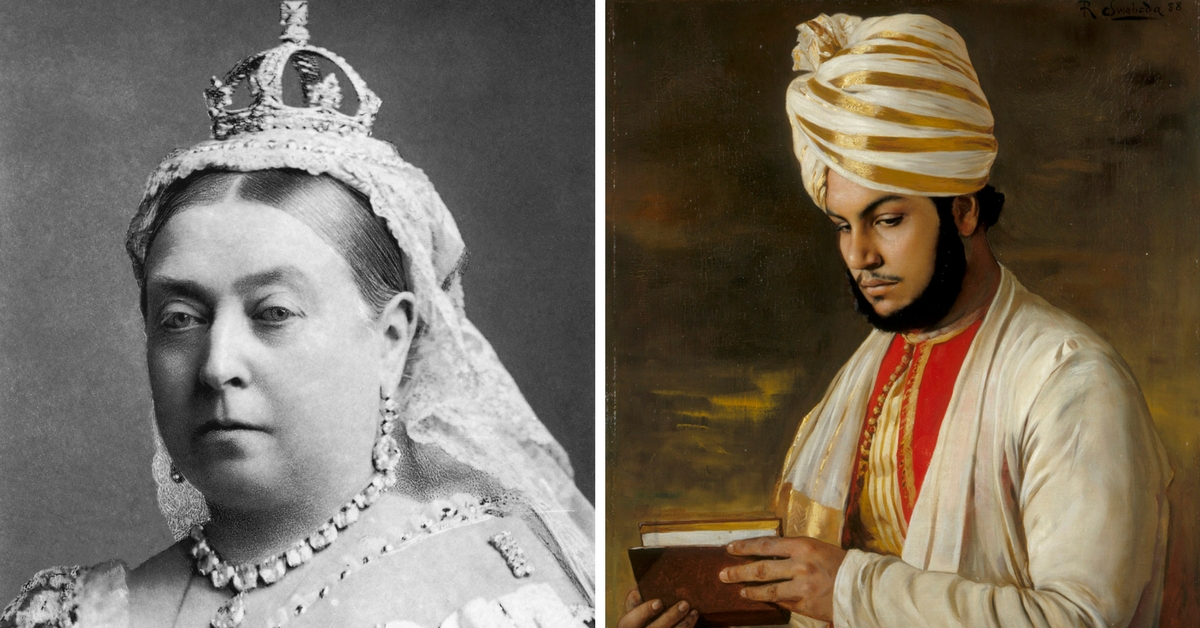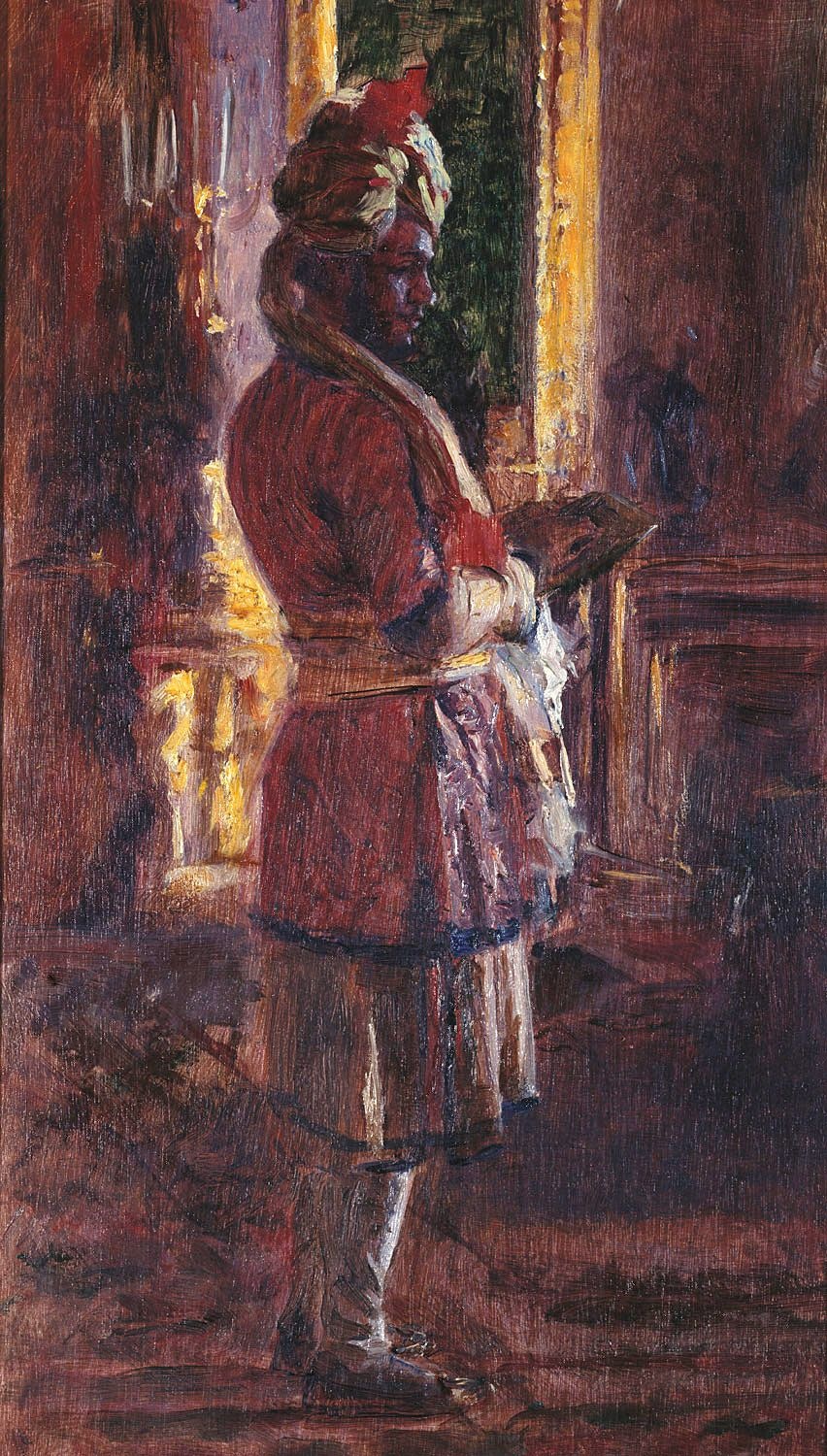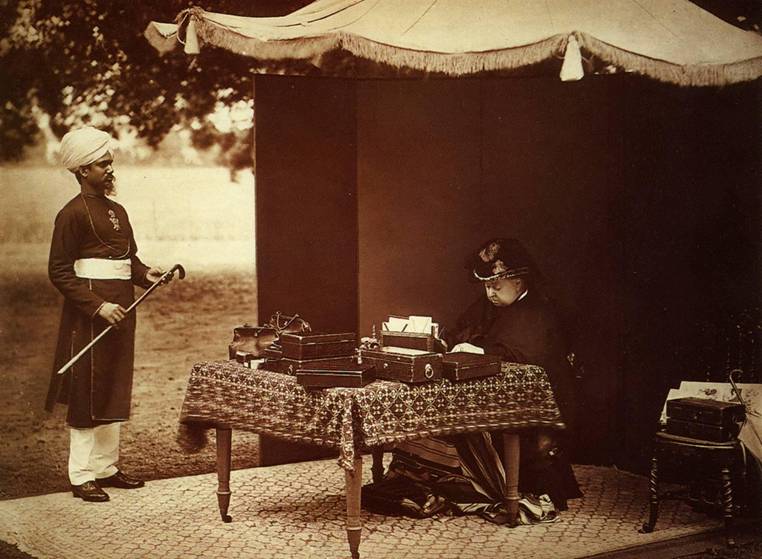Victoria & Abdul: The Story of an Unlikely Friendship Between a Clerk From Jhansi and the Queen of England
Based on Shrabani Basu's 2010 book by the same name, the film will portray the relationship between two unlikeliest of characters, brought together by the imperial fate.

The events that happen behind the closed doors of a palace have always been unreachable for people of modest means. And series like The Crown on Netflix, whose first season brilliantly introduces us to the behind-the-scenes of the British royal family, always has a curious audience.
Media is the only window that common people have to take a peek into the heavily guarded lives of the monarchs, where cards are played too close to the chest and secrets are buried into the inscrutable walls of the palatial estate. Hence, it isn’t surprising that many people haven’t heard of the story of Abdul Karim, an Indian Muslim attendant of Queen Victoria, and his journey from Jhansi to Buckingham Palace.
Thanks to the new film Victoria and Abdul, whose trailer just dropped this week, that’s going to change.
Based on Shrabani Basu’s 2010 book by the same name, the film will portray the relationship between two unlikeliest of characters, brought together by imperial fate.
It was 1887, Queen Victoria’s Golden Jubilee Celebration. It had been 30 years since India had been officially handed over to the Crown from the East India Company, following the 1857 revolt. At the time, India was considered as the Crown Jewel among all of Great Britain’s colonies. The Empress of India was obviously expecting a large number of Indian Princes to grace the occasion. Hence, she wanted some servants to be brought from India. John Tyler, the superintendent of Agra Jail, chose two people for the task.
One among these two who boarded the ship to England on May 20, 1887, was Abdul Karim.

He waited at the Queen’s table during her meal times, and soon the Queen was struck with this 24-year-old man. He started teaching the Queen Urdu and Hindustani, and she in turn, taught him English. As A. Banerjee notes, she soon became so proficient in the language, she started making diary entries calling it her “Hindustani Journal”. She also started enjoying “curry” that was cooked by him.
You may also like: From Royalty to Relics: The Fascinating Story of India’s Dinosaur Princess, Aaliya Sultana Babi
Through Karim, she was introduced to India, its cuisine and its culture. She grew fond of the country, though she never travelled to India owing to old age. She grew closer to Karim, as manifested in her awarding of the title of ‘Munshi’ or tutor, even though it did not come with any formal perks. Unofficially, however, he now moved in the Queen’s higher circles and, as Banerjee remarks, had houses in Royal Palaces of Windsor in England, Balmoral in Scotland and Osborne House in Isle of Wight. He came to be known among these circles, as the “Indian Secretary” of the Queen.
For the royal family, this was the John Brown fiasco all over again. Since her husband Prince Albert’s death in 1861, the Queen had been incredibly withdrawn and was in mourning. It was then she found solace in John Brown, her servant from Scotland. There were rumours about their “secret marriage” circulating in the corridors of the palace. The displeasure among the royal household was evident, with the Queen being ridiculed as “Mrs. Brown” behind her back.
Though nothing was ever proven, when Queen met Karim, it was four years since his passing. In Queen’s growing fondness of Karim, the Royal Household saw the affection she had for Brown. Unlike Brown, whose loyalty was never under question, the Royal Household believed that Karim was using his closeness to the Queen for personal gains. As Banerjee notes, he also spoke to the Queen about Hindu-Muslim conflicts in India, tried to gather her support for the Muslim cause, even though the British Royals did not wield any political power. He also seems to have coveted the title of ‘Nawab’ and a Knighthood, but had to settle for the Royal Victorian Order, which would not have any political implication in India.
All of this did not sit well with the Royals, who considered him to be below their standing, racially and socially.

Upon Queen Victoria’s death in 1901, Karim was sent back to India after serving her for 15 years, along with all the Indian servants of the Royal Menagerie. Her son, King Edward VII, destroyed most of their correspondence. Karim passed away in 1909 at the age of 46, survived by two of his wives.
While there are many questions regarding the relationship between Victoria and Abdul, historians posit that what they shared was mostly a maternal bond. As Banerjee notes, the surviving letters show that the Queen signed them as “Your loving mother VRI”.
As the trailer shows, this platonic relationship between two people from different worlds is what is to be expected from the movie. Dame Judi Dench who previously played Queen Victoria in Mrs. Brown is reprising her role and Ali Fazal, known for 3 Idiots (2009) and Fukrey (2013), will be playing Abdul Karim. We hope this movie will bring to life a rare and forgotten page of colonial history, that speaks about an unlikely friendship.
Like this story? Or have something to share? Write to us: [email protected], or connect with us on Facebook and Twitter.
NEW: Click here to get positive news on WhatsApp!
This story made me
- 97
- 121
- 89
- 167
Tell Us More
We bring stories straight from the heart of India, to inspire millions and create a wave of impact. Our positive movement is growing bigger everyday, and we would love for you to join it.
Please contribute whatever you can, every little penny helps our team in bringing you more stories that support dreams and spread hope.



















